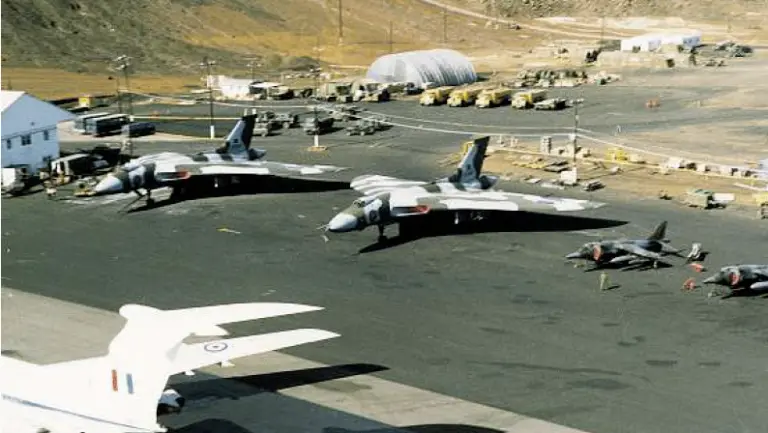
Falklands War 1982: Operation Black Buck
Operation Black Buck was a series of seven ambitious long-distance ground-attack missions conducted by the Royal Air Force (RAF) during the Falklands War in 1982.
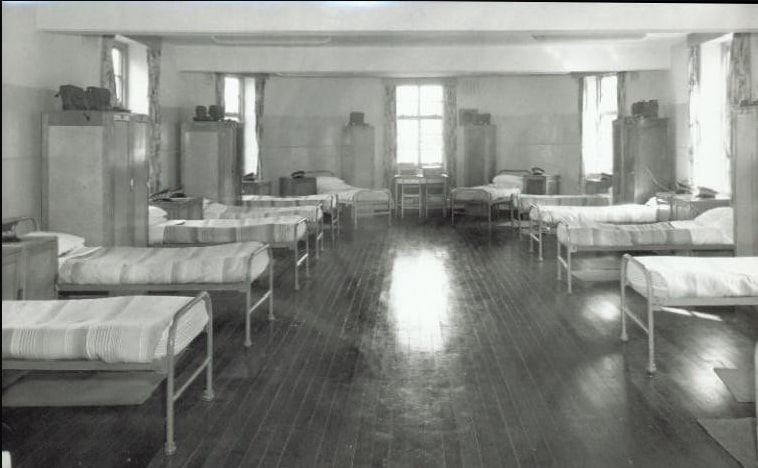
Bob Tracey was a Club member and was a hangar volunteer during the restoration.
(This article was originally published in The Vulcan Magazine – Summer 2008)
All of my service in the RAF from 1953 to 1977 was during the Cold War period.
I joined as a Boy Entrant u/t engine mechanic at Cosford in October 1953 age 16 years 3 months, about six months above the average age, as many had only just turned 15 years. The training was to last just over 18 months. Apart from trade training and education, we were taught drill, PE, ground defence (where we were able to strip and reassemble the current weapons, and then fire them on the range. Also, what we should do in the event of a nuclear or gas attack). I suppose the big job for our instructors was to teach us how to keep ourselves and our billets clean and tidy. Not too hard (do it wrong and you get another “Bull Night”).
The trade training was for 72 weeks, during this time we were taught about tools and how to use them (I still have the spanner I made). Then on to basic engines, aircraft components, propellers and then the jets (Derwent and Goblin). The last few weeks were spent on the airfield, doing things like engine removal and installation, ground running, aircraft handling, and ground equipment.
During the summer of 1954 it was off to Summer Camp at Woodvale near Southport. It was a welcome change from the routine at Cosford, plenty of PE and games and nothing much else to worry about. The accommodation was tents and no hot water but we were taken for a shower twice a week, (in less than a year I would be in a similar tent in a forest in Germany). A flight in an Anson over Blackpool Tower I will always remember.
Back to Cosford and then on to the final trade tests and exams, the “Passing out Parade”, and a posting to Linton-on-Ouse.
A few days later saw me walking from York railway station to Exhibition Square and the bus stop for Linton. RAF Linton-on-Ouse in 1955 home to three fighter squadrons, 66 & 92 with Sabre Mk.4 aircraft, (the only RAF Sabres in the UK), and 264 with the Meteor NF 14. I was posted on to B Fit. 264 Squadron the next day. I reported to “B” Fit. office and was “welcomed” by Flt/Sgt. Lamb, after being issued with a tool kit and having read the Fit. Order Book, I was sent to find Cpl. Ces Holmes. Staying with Ces for about a week, he taught me things like fit. servicing, refuelling, towing, marshalling, seeing the aircraft in and out of the dispersal. After this I was considered fit to work on my own. Each morning my name would appear on the board outside the Fit. Office against the aircraft letter requiring a before flight service. After a few weeks I was moved on to A Fit. due to someone being demobbed. A Fit. had ten aircraft 8 Mk.l4s, one Mk.7, and one Mk.8, which was used for air firing target towing.
A few weeks later the Squadron went to Germany for a NATO exercise. The ground crew, equipment and tools were flown in a Hastings transport aircraft. We were based at RAF Alhlorn, but the living accommodation was tents in a forest a few miles from the airfield. This was it back to tents again. A 24- hour shift system had been put in place, 08.00 to 08.00 the next day. On our day off we would arrive back at the tents at about 08.30 for breakfast from a field kitchen. The food always seems better from a field kitchen than from the mess (I wonder why?). A wash in cold water from a bowser and off to bed until late afternoon. After another meal from the field kitchen, it was time to shave. The only way to get hot water was to make a fire, fill a bucket with water and heat it on the fire. We would then sit around the fire all using the same water for shaving. Not sure what we did for a mirror but someone must have had one. In the evening it was off to the nearest pub for a couple of beers.
On return there was a bit of a problem, the forest was pitch black. The trees blocked any light that shone from the moon. After falling over most of the tent ropes the right tent was eventually found. The next morning, after a wash in the cold water and breakfast. Jump on the lorry and off to the Squadron for another 24 hours. Usually a busy day with both day and night flying. On completion of the exercise we moved to barrack blocks on the camp. Time to have a shower or bath before returning to Linton.
Back at base things settled down to some sort of routine with station parades, guard and fire duties to deal with. Also time to take some leave. The annual exercise took place in the autumn, which for 264 consisted mostly of night flying.
In November came anothet detachment, this time to Acklington in Northumberland. The purpose of this six-week visit was to practise air to air gun firing. Acklington had a resident fleet of Meteor 8s used for towing targets. It was a cold and windy place but we enjoyed ourselves. One thing that stays in my mind is walking along the railway track to the pub at Red Row. To walk by road would have taken about 45 mins. We returned to Linton just before Christmas.
Early in the New Year we were off once again, Waterbeach in Cambridgeshire our destination, for Battle Flight, which is now, called QRA. All night fighter squadrons did two weeks here on a rota basis.
At Waterbeach I had my second trip in a Meteor 14, this time flying over the sea off Great Yarmouth. The first trip was from Linton and flying over the Lake District.
On returning to Linton the build-up had started for A.O.C.’s annual inspection. Parades & cleaning were the order of the day. The hangar was cleared and the floor washed. All the aircraft were cleaned with everyone employed including the aircrew.
A.O.C.’s over, so on to some sort of normal routine with a few social events. It was about this time that an airframe fitter from A Fit. married a girl from York. Most of A Fit. groundcrew attended and that would be the time I bought my first suit.
The annual autumn exercise was soon upon us and during this time I was informed that I would be going to Weeton near Blackpool for a fitter’s course in October.
In a few weeks I was packing my kit and saying goodbye to 264, see you soon lads I will be back in six months. Not to be, six months is a long time, the Squadron moved to Middleton St George in early 1957. I returned to Linton in April as a new Junior Tech. but was then posted to North Luffenham. Later in 1957 264 disbanded when renumbered 33. (The Squadron did reform in 1958 with the Bloodhound Mk. 1 but finally disbanded in 1962). It was to be eight years later before I was posted to another operational squadron. (But that’s another story).
In 1999 on Channel 4 Television teletext an advert was placed on “Service Pals”, a person looking for an old friend on 264 Squadron. A third person saw this and that was the start of 264 Squadron Association. The first reunion was in York in Sept. 2000. We still meet every year and I am the treasurer (never volunteer!). I have made contact with many old friends, including one that has lived in Australia since 1968.
This year a tree has been planted at The National Memorial Arboretum with a plaque which reads:- Dedicated to all ranks who served in the air and on the ground with 264 “Madras Presidency” Squadron Royal Air Force 1939- 1962 We Defy.
Anyone visiting the new Cold War Museum at Cosford and casting his or her eyes upward will see a Meteor NF 14 proudly showing 264 Squadron markings.
Happy Days,
Bob Tracey.

Operation Black Buck was a series of seven ambitious long-distance ground-attack missions conducted by the Royal Air Force (RAF) during the Falklands War in 1982.
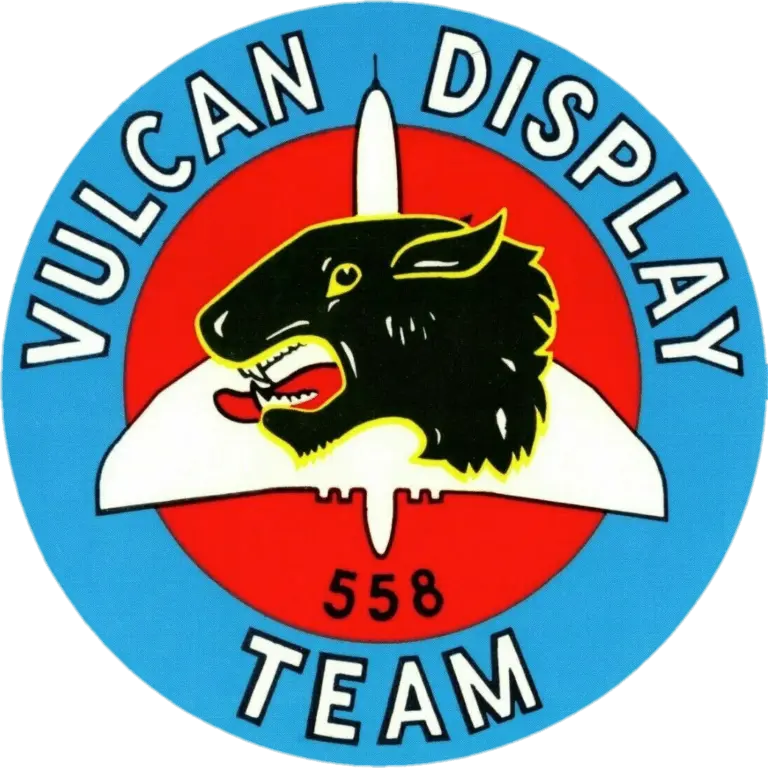
For more than a quarter of a century air show crowds were used to seeing an RAF Vulcan as a star attraction. Towards the end
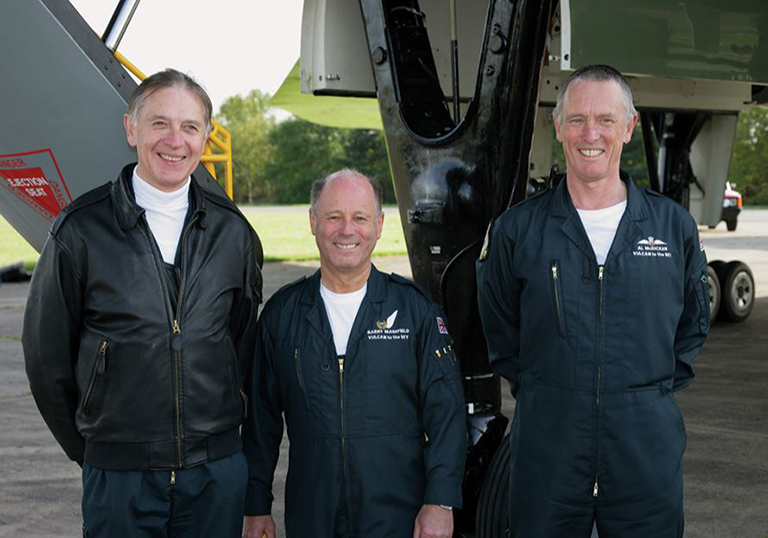
Barry Masefield was the Air Electronics Officer (AEO) for Vulcan XH558 and had flown in this iconic aircraft for over 30 years, also being a
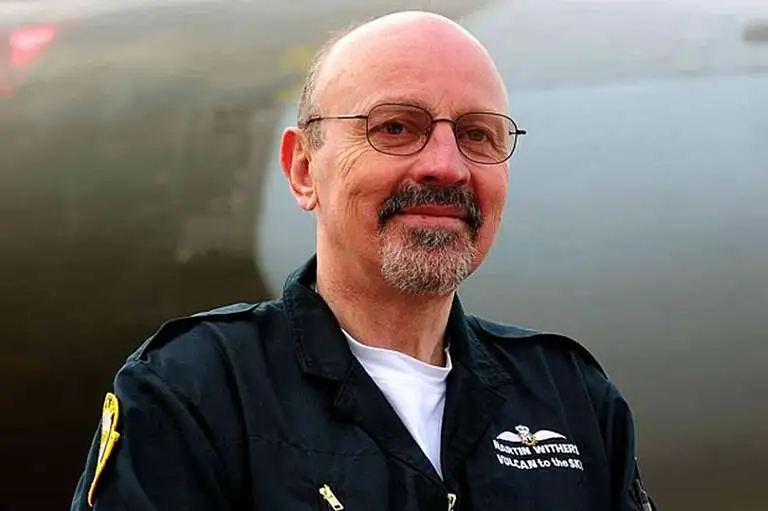
Reproduced from The Vulcan(Club Magazine) 23 Apr 08 Martin Withers Recently, during one of her campaign speeches, I heard Hilary Clinton state quite simply about